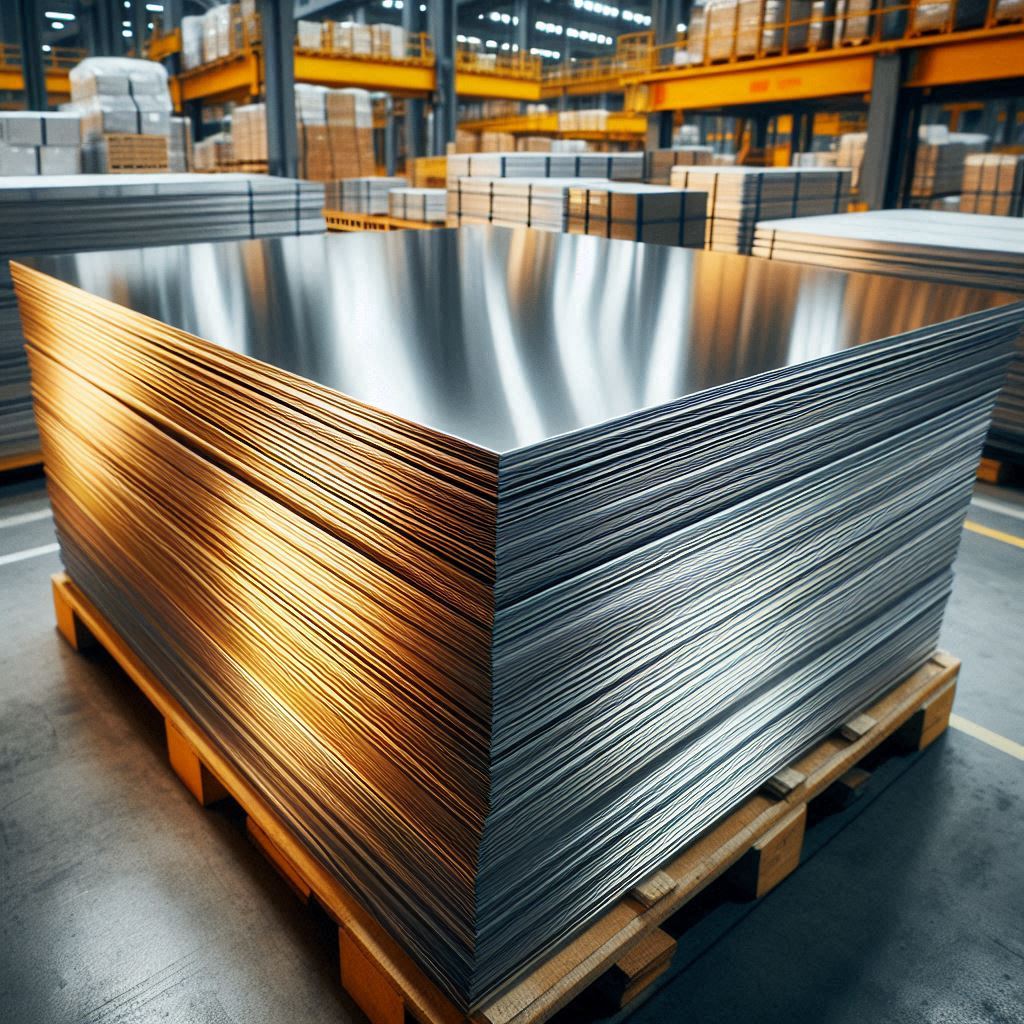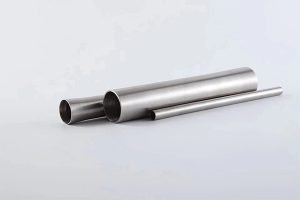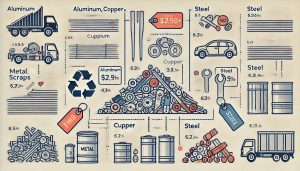1. Introduction to Hastelloy Alloys
Hastelloy metal is a type of nickel-based alloy known for its excellent corrosion resistance and strong mechanical properties. This makes it ideal for use in harsh environments where materials must withstand chemical attacks.
Industries that require corrosion-resistant materials often use these alloys in sulfuric acid, hydrochloric acid, and acetic acid applications. These alloys are also resistant to oxidation and stress corrosion cracking, thanks to their high molybdenum content. Industries widely use them in chemical processing, power plants, aerospace, and flue gas treatment systems.

2. Key Properties and Benefits
Hastelloy materials offer many advantages over other corrosion-resistant alloys, such as stainless steel.
- Strong Corrosion Resistance: These alloys resist both oxidizing and reducing environments, making them suitable for harsh chemical conditions.
- High-Temperature Strength: They remain strong even in extreme heat, ensuring long service life in flue gas systems and heat exchangers.
- Pitting and Crevice Corrosion Resistance: The high molybdenum content protects against damage in environments with hydrochloric and sulfuric acids.
- Durability and Flexibility: These alloys maintain high strength and flexibility, making them ideal for manufacturing processes that require tough and long-lasting materials.
3. Applications Across Various Industries
Hastelloy materials are popular in many industries. They resist oxidation and help prevent stress corrosion cracking.
3.1 Chemical Processing
Industries that work with strong chemicals commonly use Hastelloy alloys, especially Hastelloy C-276. These chemicals include acetic acid, hydrochloric acid, and sulfuric acid. Their strong corrosion resistance ensures safe and efficient chemical processing.
Common applications include:
- Heat exchangers
- Chemical reactors
- Acid storage tanks
- Pipes for handling corrosive chemicals
3.2 Aerospace & Power Generation
Because of their high heat resistance, manufacturers use these alloys in:
- Gas turbines
- Jet engines
- Combustion chambers
These materials are preferred over stainless steel because they provide better oxidation resistance and durability in extreme conditions.
3.3 Marine & Offshore Industry
In marine environments, these materials perform better than many traditional alloys. They resist corrosion in wet chlorine and seawater, making them ideal for:
- Water treatment plants
- Shipbuilding
- Oil and gas pipelines
3.4 Environmental & Flue Gas Treatment Systems
Engineers use Hastelloy grades in flue gas systems that require materials resistant to acidic exhaust gases and oxidizing conditions. These alloys are crucial for pollution control equipment.
4. Key Hastelloy Grades & Their Applications
Several Hastelloy grades exist, each designed for specific industrial needs. These nickel-based alloys provide high corrosion resistance, oxidation resistance, and durability in extreme conditions.
4.1 Hastelloy C-276: The Industry Standard for Corrosion Resistance
Hastelloy C-276 is one of the most versatile corrosion-resistant alloys. With a high molybdenum content, along with nickel, chromium, and iron, it resists oxidizing and reducing environments.
Applications:
- Chemical processing plays a role in heat exchangers, reactors, storage tanks, and pipes. These handle hydrochloric acid, sulfuric acid, and acetic acid.
- Flue gas treatment: Found in scrubbers, ducting, and exhaust systems exposed to corrosive gases.
- Aerospace industry: Applied in high-temperature components needing oxidation resistance.
- Paper and pulp industry: Used in bleaching and chemical processing equipment that must withstand wet chlorine and acid exposure.
- Marine and offshore applications: Ideal for cooling systems and water treatment equipment, where corrosion resistance is critical.
4.2 Hastelloy C-22: Better Resistance for Harsh Conditions
Hastelloy C-22 offers even better corrosion resistance than C-276, especially in highly oxidizing environments. It has more chromium, making it highly resistant to pitting, crevice corrosion, and stress corrosion cracking.
Applications:
- Food and medicine production: Used in clean environments where corrosion resistance is essential.
- Waste treatment plants: Ideal for handling aggressive chemicals.
- Heat exchangers and condensers: Commonly used in chemical processing plants.
- Pollution control equipment: Found in scrubbers and gas cleaning devices.
4.3 Hastelloy X: High-Temperature Alloy for Aerospace & Industry
Unlike other Hastelloy grades that focus on corrosion resistance, engineers designed Hastelloy X for high-heat applications. It maintains high strength even at extreme temperatures.
Applications:
- Aerospace industry: Used in jet engines and combustion chambers.
- Gas turbines: Suitable for high-temperature applications.
- Industrial furnaces: Applied in heat shields and furnace parts.
4.4 Hastelloy B-2: Excellent Resistance to Hydrochloric Acid
Hastelloy B-2 is best for environments with hydrochloric acid. It performs well in low-oxygen conditions but is less effective in oxidizing environments.
Applications:
- Chemical processing: Used in reactors, pipes, and tanks that handle hydrochloric and sulfuric acids.
- Metal treatment: Applied in acid-cleaning operations.
- Production: Present in thermal processing machinery.
4.5 Hastelloy G-30: Designed for Agricultural & Chemical Use
Hastelloy G-30 specializes in phosphoric acid and other fertilizer chemicals. It has higher chromium content, providing better corrosion resistance in mixed acid environments.
Applications:
- Fertilizer production: Used in chemical storage and reaction systems.
- Chemical tanks: Stores acidic solutions and industrial solvents.
- Heat exchangers: Used in processing corrosive substances.
4.6 Hastelloy C-4: Stable in High-Temperature Environments
Hastelloy C-4 is designed for high-temperature stability, making it perfect for applications that demand long-term heat resistance.
Applications:
- Nuclear and power plants: Used in heat exchangers and reactor parts.
- Food and medicine production: Applied in sterile processing equipment.
- Oil and fuel industry: Used in refining and chemical processing.
5. Conclusion
Hastelloy materials provide strong corrosion resistance, oxidation resistance, and high durability, making them vital in chemical processing, aerospace, and environmental applications. Hastelloy C-276 is the industry standard for corrosive environments, while Hastelloy X is ideal for high-temperature aerospace applications.
Manufacturers can improve durability and performance in tough conditions by choosing the right Hastelloy grade. This includes hydrochloric acid, sulfuric acid, and flue gas systems exposure.




